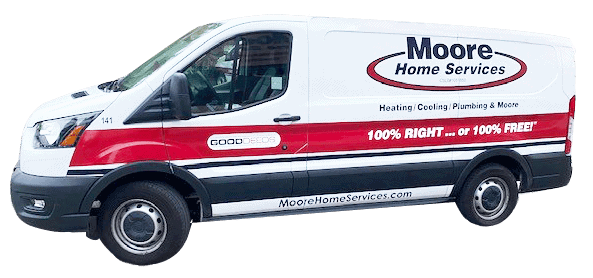How to Prevent a Sewage Backup
Posted by Moore Home Services
Plumbing
Sewage backups can be an absolute nightmare for homeowners. Between the astronomical costs of physical damage, they can cause, and the mental toll repairs can take, it’s best to take preventative measures beforehand.
Thankfully, there are tell-tale signs to look out for and steps homeowners can take to stop sewage backups in their tracks. Read on to learn more about the main causes of sewer leaks and how to prevent sewage backups from the get-go.
What Is a Sewage Backup?
A sewage backup occurs when an object blocks a home’s outgoing sewer line that connects to municipal sanitary sewers. This blockage causes a build-up in the drainpipes and backs up into your home. The result can lead to contamination issues including flooding, mold growth, and deteriorating property.
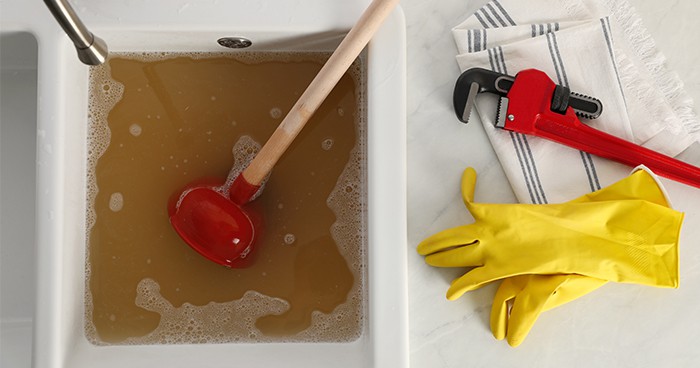
It’s imperative to take care of any damage as early as possible. Be on the lookout for suggestive signs such as slow drains throughout the house, waste backing into the wrong pipe, a greater quantity of sewage, and waste reverse-flowing into the home. Ignoring a sewage backup can mean thousands of dollars
literally down the drain.
Costs can include the fees of cleaning up and repairing floors, electrical systems, walls, furniture, and carpeting. Not to mention the
numerous health hazards associated with nasal and oral exposure to germ-laden sewage water.
What Causes a Sewage Backup?
Typically caused by natural occurrences, sewage backup signs range from a visibly damaged sewer line from heavy rainfall to invading tree roots growing in pipe cracks and gaps. Read on to learn what you need to be on the lookout for.
Clogs
Sewage backups are inevitable when one or more pipes becomes clogged with hair, grease, or other solid materials that tangle and prevent a healthy flow of water. To prevent clogs, avoid pouring fats, oils, or melted butter down the kitchen sink, flushing feminine hygiene products, thick wipes, paper towels, or diapers down the toilet, and washing hair, hardened toothpaste and soap fragments, or solid makeup products down the bathroom sink.
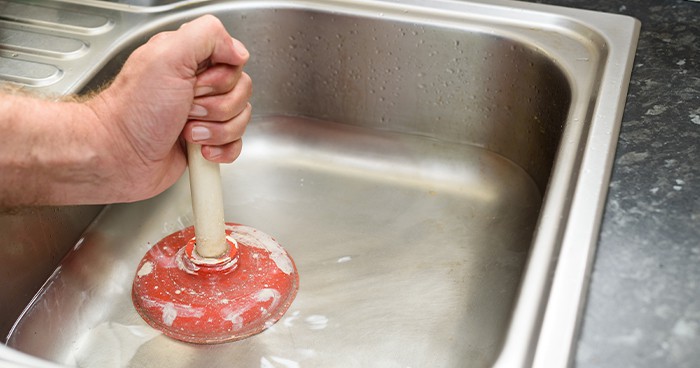
Tree Roots
Tree roots naturally grow towards a water source. Even the smallest of cracks in your plumbing can attract the biggest tree roots. Over time, tree roots can cause major damage to your pipes.
Even if you cannot visually spot any plants or trees on your property growing near your pipes, there is a chance that extensive roots from your neighbor’s trees could be the assailant.
Heavy Rainfall
In the following days of a detrimental downpour, always check your home’s basement and pipes for floods that may indicate backflow from your pipes. On average, the nation’s sewer lines are over 30-years-old,
according to data from the American Society of Civil Engineers.
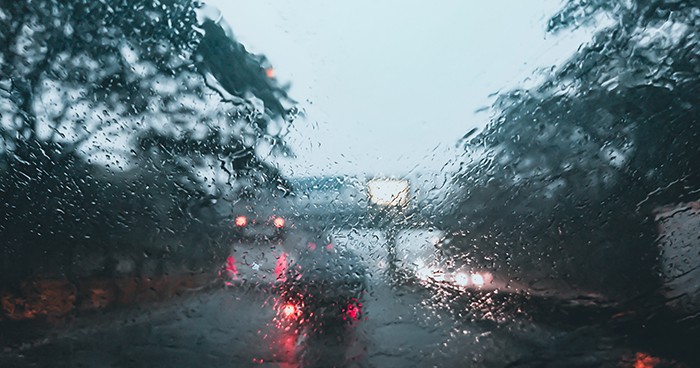
Wear-and-tear over the years can worsen and be greatly damaged by heavy rainfall. But there are few things you can do to lessen the blow of a storm.
By disconnecting downspouts, foundation drains and weeping tiles from the municipal drain, and installing rain barrels to collect rain and prevent runoff, you can put your house in an optimal condition to avoid backups.
Damaged Sewer Line
Aging sewage systems can dilapidate and deteriorate over time, making your main sewer line susceptible to cracks and leakages. All your home’s drains rely on the main sewer line in order to drain properly.
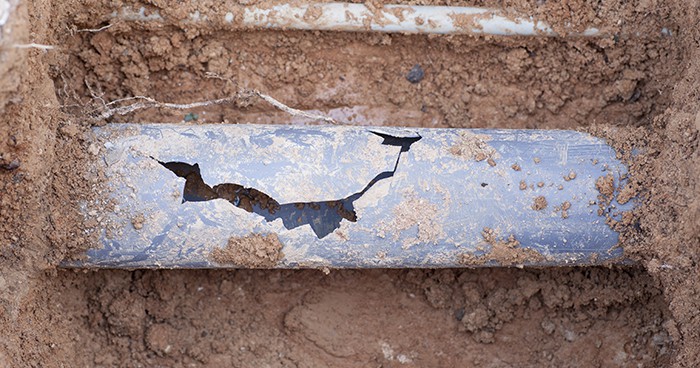
So, if there are blockages occurring in multiple drains, the problem can be traced back to the main sewer line.
How To Prevent a Sewage Backup
Avoid Pouring Grease Down the Drain
Since grease and fatty substances can harden in cooler temperatures, they may form a barrier in your pipes, which leads to clogging. And despite what you may have heard, washing down grease with hot water will not prevent this hardening from happening.
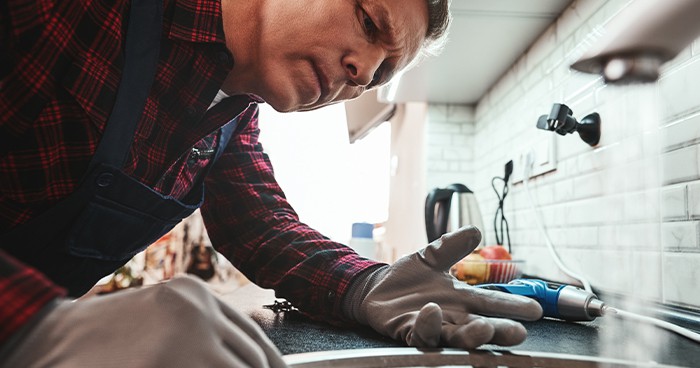
Instead, try a natural method of unclogging drains by pouring one cup each of baking soda, white vinegar, and warm water down the drain.
Have Your Lines Cleared Every Few Years
If you are unfamiliar with the complex systems involved with residential plumbing and sewer systems, consider contacting an expert in
plumbing repair.
Expert plumbers can examine the current state of sewage pipes, detect slab leaks, flooding faucets and other potential issues. They can recommend how to avoid backups from occurring in the future.
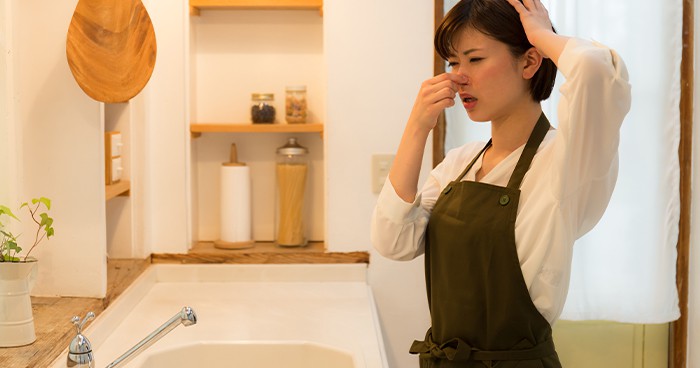
Cleaning your lines every few years will help diminish issues that can become severe without intervention as well as help you avoid clogs and lingering foul smells in your home. Oftentimes cleaning your sewer line is necessary to get your system working again.
However, it’s not always a permanent fix as physical damage caused by a root intrusion, for instance, requires a line replacement.
Work On Tree Root Maintenance
If tree or shrub roots prolifically grow in your sewer lateral, you may have to have a professional regularly cut the roots or replace your pipes with a plastic alternative. For minor roots, trim them periodically to inhibit their growth from reaching a point where serious damage can be caused.
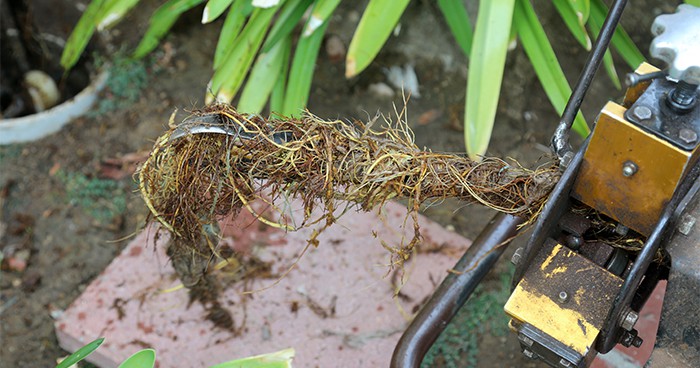
Conduct Regular Sewage Pump Maintenance
Ensure your sump pump is not perched atop debris such as silt or gravel, which could be sucked into the pump and damage the motor. Make sure it’s placed on a steady flat brick instead. It also helps to put a filter fabric around the sump pump to prevent debris from entering and causing a blockage in the pipes.
Now that you’ve learned the causes of sewage backups, check your pipes to see if there is anything that needs extra attention from your
local plumbing repair experts. Minor issues can sometimes be handled without the need of an expert, but do not ignore or delay problems affecting your main sewer line. Handling contamination damage yourself can also put you at risk for bacterial illnesses, so
contact Moore HVAC immediately if you think your sewage system is damaged.
 It’s imperative to take care of any damage as early as possible. Be on the lookout for suggestive signs such as slow drains throughout the house, waste backing into the wrong pipe, a greater quantity of sewage, and waste reverse-flowing into the home. Ignoring a sewage backup can mean thousands of dollars literally down the drain.
Costs can include the fees of cleaning up and repairing floors, electrical systems, walls, furniture, and carpeting. Not to mention the numerous health hazards associated with nasal and oral exposure to germ-laden sewage water.
It’s imperative to take care of any damage as early as possible. Be on the lookout for suggestive signs such as slow drains throughout the house, waste backing into the wrong pipe, a greater quantity of sewage, and waste reverse-flowing into the home. Ignoring a sewage backup can mean thousands of dollars literally down the drain.
Costs can include the fees of cleaning up and repairing floors, electrical systems, walls, furniture, and carpeting. Not to mention the numerous health hazards associated with nasal and oral exposure to germ-laden sewage water.

 Wear-and-tear over the years can worsen and be greatly damaged by heavy rainfall. But there are few things you can do to lessen the blow of a storm.
By disconnecting downspouts, foundation drains and weeping tiles from the municipal drain, and installing rain barrels to collect rain and prevent runoff, you can put your house in an optimal condition to avoid backups.
Wear-and-tear over the years can worsen and be greatly damaged by heavy rainfall. But there are few things you can do to lessen the blow of a storm.
By disconnecting downspouts, foundation drains and weeping tiles from the municipal drain, and installing rain barrels to collect rain and prevent runoff, you can put your house in an optimal condition to avoid backups.
 So, if there are blockages occurring in multiple drains, the problem can be traced back to the main sewer line.
So, if there are blockages occurring in multiple drains, the problem can be traced back to the main sewer line.
 Instead, try a natural method of unclogging drains by pouring one cup each of baking soda, white vinegar, and warm water down the drain.
Instead, try a natural method of unclogging drains by pouring one cup each of baking soda, white vinegar, and warm water down the drain.
 Cleaning your lines every few years will help diminish issues that can become severe without intervention as well as help you avoid clogs and lingering foul smells in your home. Oftentimes cleaning your sewer line is necessary to get your system working again.
However, it’s not always a permanent fix as physical damage caused by a root intrusion, for instance, requires a line replacement.
Cleaning your lines every few years will help diminish issues that can become severe without intervention as well as help you avoid clogs and lingering foul smells in your home. Oftentimes cleaning your sewer line is necessary to get your system working again.
However, it’s not always a permanent fix as physical damage caused by a root intrusion, for instance, requires a line replacement.


